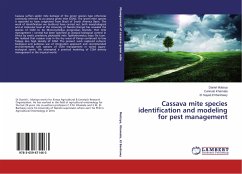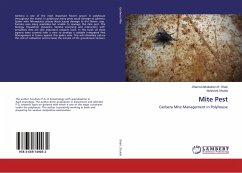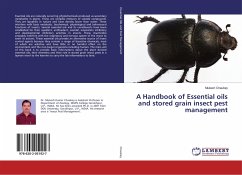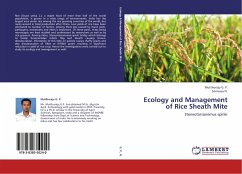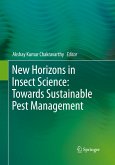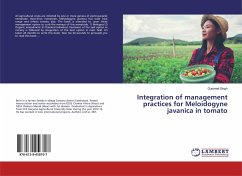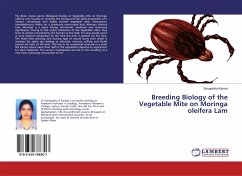Cassava suffers spider mite damage of the green species type otherwise commonly referred to as cassava green mite (CGM). The 'green mite' species is reported to have originated from Brazil of South America Basin. The work of identification we (authors) have carried out, both morphological and at molecular level at the University of Nairobi (Kenya) has revealed the species of CGM to be Mononychellus progresivus Doreste. Pest mite management / control has been specified as classical biological control in Africa by exotic predatory phytoseiid mite Typhlodromalus aripo De Leon. We realized that cassava crop in the dry areas of Kenya continued to lose foliage due high density of CGM. The present work explored cultural, biological and judicious use of integration approach and recommended environmentally safe options of CGM management in varied aggro-ecological zones. We attempted a practical modeling of CGM density management in the tropical world.

